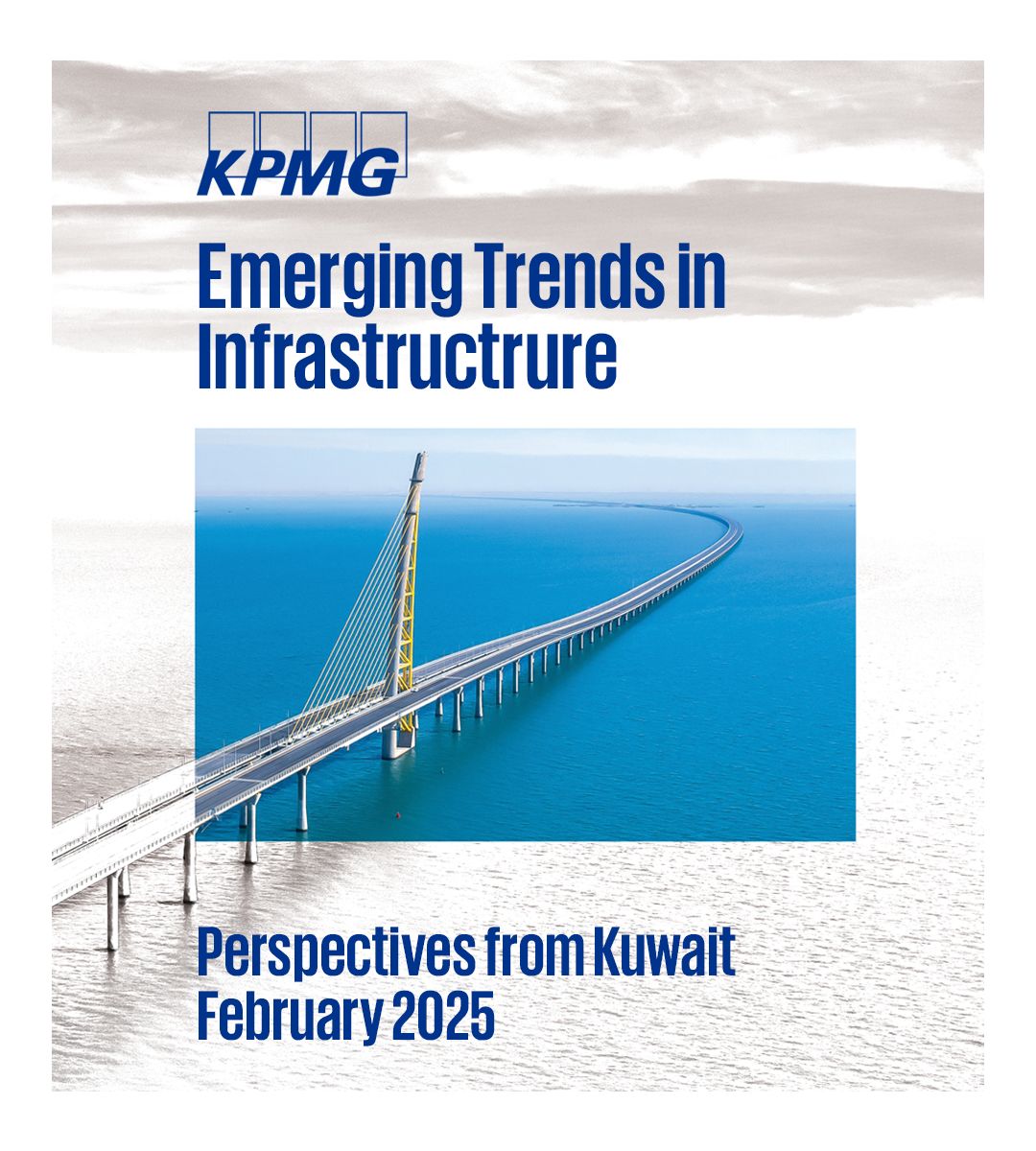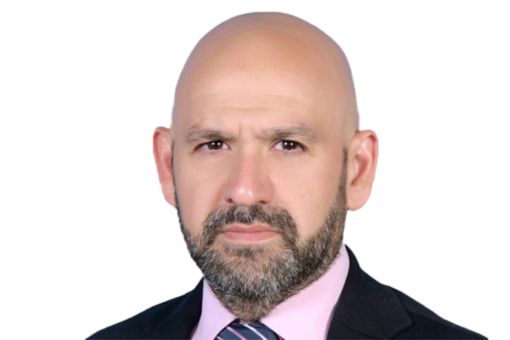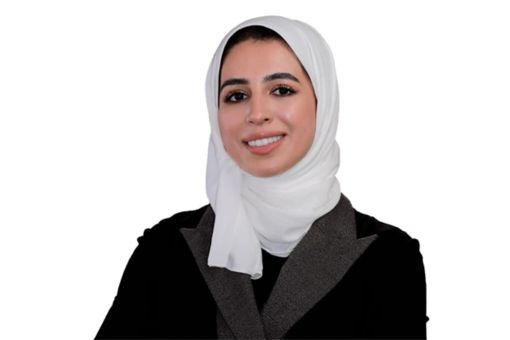We believe that if you make Kuwait 100% accessible with buses, then it will be easier for you to develop the metro as you will be able to move around some obstacles more freely and further optimize the routes, among other things. Once we have an effective bus system in Kuwait City, we can replicate it in the commercial hubs, link them together and then focus on other transportation systems.
Read the full interview
It is an initiative we started to raise awareness about public transportation, with the vision to create a public transportation system that is safe, convenient, efficient, inclusive, and ecofriendly.
At the start, we want to have a bus loop in Kuwait City to show the importance of public transport, and because it is easier to establish the system here, owing to its low risk of failure. What I mean by this is, you don’t have to worry about creating bus lanes and building guard rails, among other things. Also, Kuwait City’s longest road is 5 kilometers, so the vehicles will not reach high speeds. All in all, you will require less infrastructure.
We started this by getting information about the status quo. We sat with the stakeholders, City Bus, KBTC, KGL, the Ministry of Communication, the Ministry of Public Works, Kuwait Municipality, relevant officials, and some ministers, among others, because we wanted to understand what their roles were in this situation and what they needed in terms of regulations and requests from us to implement the changes required at least to get towards the beginning of the journey.
Kuwait Commute is included in the Fourth Kuwait Master Plan. It took us six years to get there but we wanted to ensure that we had a framework with the highest success rate and was independent of the person in charge. So, we went through the Kuwait Master Plan, told them we want to start with a bus system in Kuwait City, and we took it from there.
They are accepting it. This is based on a survey we conducted with Service Hero, where nearly 2,200 people participated.
However, we found out that there also exists a negative view around public transport. We also conducted research to see if the culture of public transport existed in Kuwait and nearly 80% of the participants said they used public transport. This means that the culture public transportation is there and we are not teaching people something new.
Of this, 60% of the Kuwaitis who took the survey, i.e., 74% percent of the total sample, welcomed the idea of using public transport when it is available.
But the problem is that there are not enough routes. For example, if I want to go to Souk Sharq in a bus, I cannot. That‘s the challenge.
I feel, you can go about solving this by creating routes that serve the population of an area. For example, most blue-collar workers reside in specific areas and providing them with dedicated routes will help their commute as they generally don‘t intend to prolong their trips by going to other areas.
This way, you are shortening the trip for both demographics, offering them need-based routes, providing them with better service, and encouraging them to take public transport.
I would say it is the lack of an active entity that puts forward routes, controls quality, and supports public transportation by expanding and improving the network. This is the biggest challenge — lack of regulation. Many of Kuwait’s challenges can be solved with the right regulatory framework.
For instance, drivers are not only burdened with operation concerns but also financial challenges that lead them to drive more sharply — and, in many cases, they need to hit a sales target which often causes friction between the bus drivers and the traffic.
So, if you can offer adequate subsidies, then that would help pay the driver healthily, ensure they are safe and stick to sanctioned routes, give them the peace of mind, and encourage them to drive calmly. It would also help if the government provided us with a counter that all public bus operators could take their complaints to without having their businesses interfered with.
Similarly, for challenges pertaining to the adoption of public transportation, such as lack of sidewalks and poor weather conditions, can be addressed through proper regulations. For example, if you regulate the bus stops to front-of-the-door, it will make more sense for the entity to have a bus stop as they will get about 50 people. So, it‘s economically better to have public transport.
Luckily, the regulatory authority is there with all the legal mandates, but they have not done anything about it in a long time. So, we, along with the Ministry of Interior, understood that there is an issue with licensing. We agreed to provide them with a framework and (or) support their framework but, in return, asked for their support in developing the public transportation system.
The second challenge is the chicken and egg situation, where the chicken comes before the egg. This is because people need to use the system first to believe it.
The third challenge is lack of cohesion between the stakeholders. I believe that if you want to do something right then you must do it with balance. And, in Kuwait, I feel there is no reason to compromise on any of the stakeholders as the system is very small. There is enough room to include everybody and at different capacities.
It is very important. I will give you an example. Before there was CCTV, you would have to take public transport at your own risk. Now you don‘t. A camera is always monitoring the activities and if someone is causing a problem, then they will be caught and dealt with accordingly. That’s why part of what we want to do through regulations, essentially, is have the public transportation system policed by the government to further enhance the reliability and effectiveness of the current security and (or) surveillance systems, such as CCTVs, among others.
When it comes to technology in payments, we are dealing with lack of regulation again. We don‘t have an on-ground entity to ensure all bus operators use their standardized payment system. Having one such entity would also ensure that buses are clean, follow a particular schedule and more. And if there are any inconsistencies, the regulator will deal with them.
Technology could also play a huge role in terms of scheduling as you’d have data with regards to a person’s starting point and destination.
Unfortunately, there is no collective database; only those gathered by individual service providers. In fact, the regulatory challenge is such that most of the bus stops in Kuwait are not authorized. So, we don’t have accurate data to make effective data-backed decisions.
After conducting some research, we are now on the mission to create a bus loop in Kuwait City. This is because it‘s only 21 square kilometers, has a high population density, everybody comes here, and one does not require additional infrastructure to operate.
What we are doing differently is starting with the user as the main stakeholder. We went out, spoke to them, frequented the routes and found out that there is a big gap in terms of service quality.
One of the issues is that the buses only stop on major roads, which is not safe for the drivers, for the traffic, and (or) for the passengers. We also realized that, when it comes to public transportation, buses will never go out of need.
We spoke to all the stakeholders to understand why we are in this situation where people don’t want to use buses to meet their daily commute needs. What we understood was that there is a gap in terms of regulations.
At the moment, the public transportation system is in a vicious cycle of excessive competition with minimum regulation.
As a result, we deal with challenges such as buses taking unofficial routes. So, we took this into consideration and looked for other public transportation models that were relevant to Kuwait. London was the closest because it has private operators, and the system is managed by the state.
Things are well-managed and there is a system/timetable in place to ensure that. And because the state wants the operators to provide the public service, they need to subsidize.
This way, they enable the public bus operators to provide public service and, in return, benefit strategically in the form of less health insurance costs, reduced accident rates, less subsidies for fuel, better use of real estate, and more.
One of things we want to take up is bus stops. Given bus stops are not licensed, we want to work on licensing them to present them in a framework for service and maintenance, security, and expansions of the bus network, among other things, which are necessary for people to trust and use public transportation.
We got the approval from the Kuwait Municipality to build it, but the issue is that they may have to remove a few obstacles in those areas. These obstacles are essentially anything that is on the pavement without the necessary approval.
We also want to help facilitate monetization of the bus stops, having some ad space, without contradicting the billboards in the street. We want to do that to ensure we aren’t stepping on anyone’s toes and to make it less burdensome for the government to provide the public transportation system.
So, we conveyed the issue to the respective authorities and requested that we started with buses because they will have a very big impact when there are other transportation systems in place.
This is because for every one person using the metro, there will be two using buses. We believe that if you make Kuwait 100% accessible with buses, then it will be easier for you to develop the metro as you will be able to move around some obstacles more freely and further optimize the routes, among other things.
Once we have an effective bus system in Kuwait City, we can replicate it in the commercial hubs, link them together and then focus on other transportation systems.
Read the other interviews
Reach out to us
Connect with us
- Find office locations kpmg.findOfficeLocations
- kpmg.emailUs
- Social media @ KPMG kpmg.socialMedia




